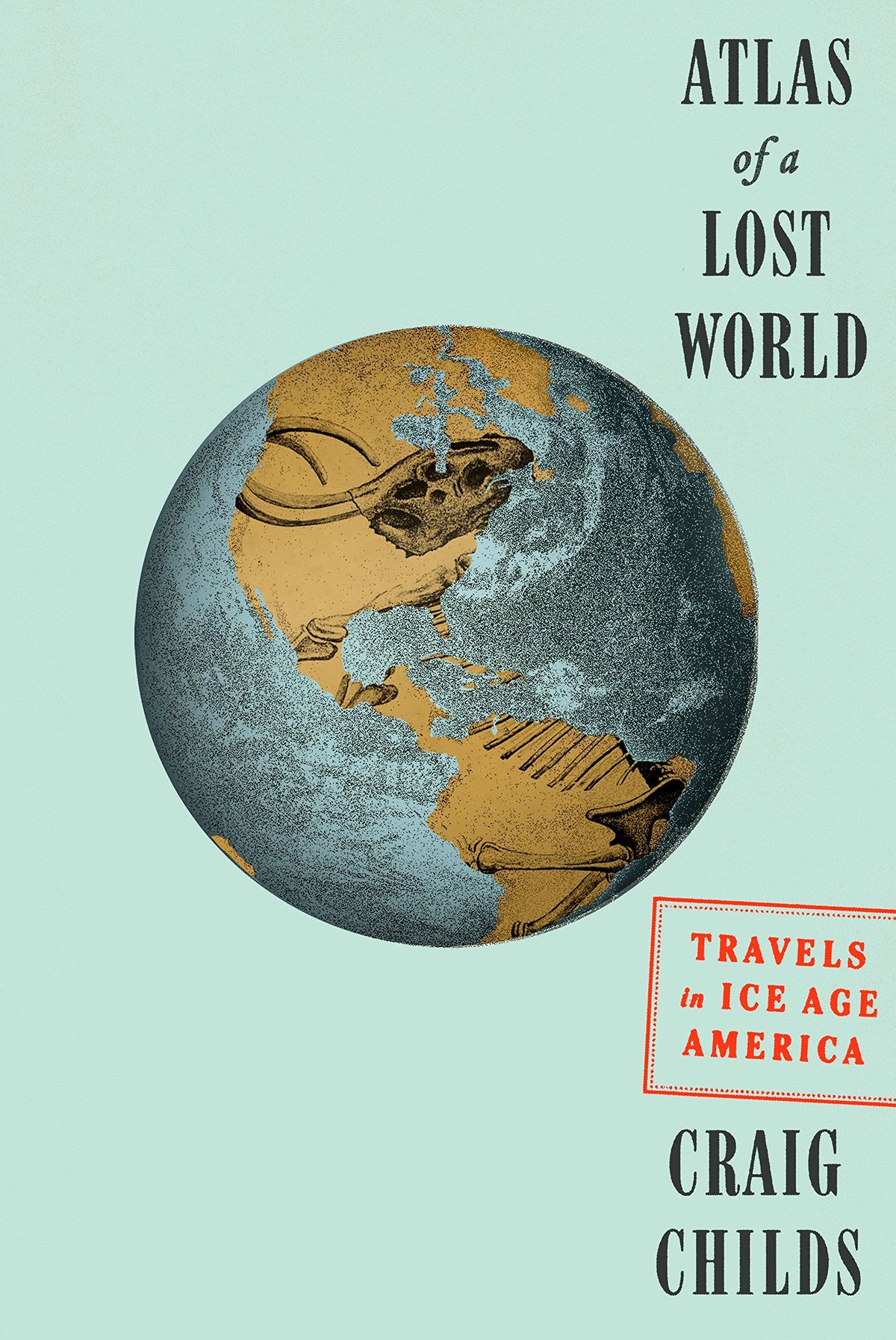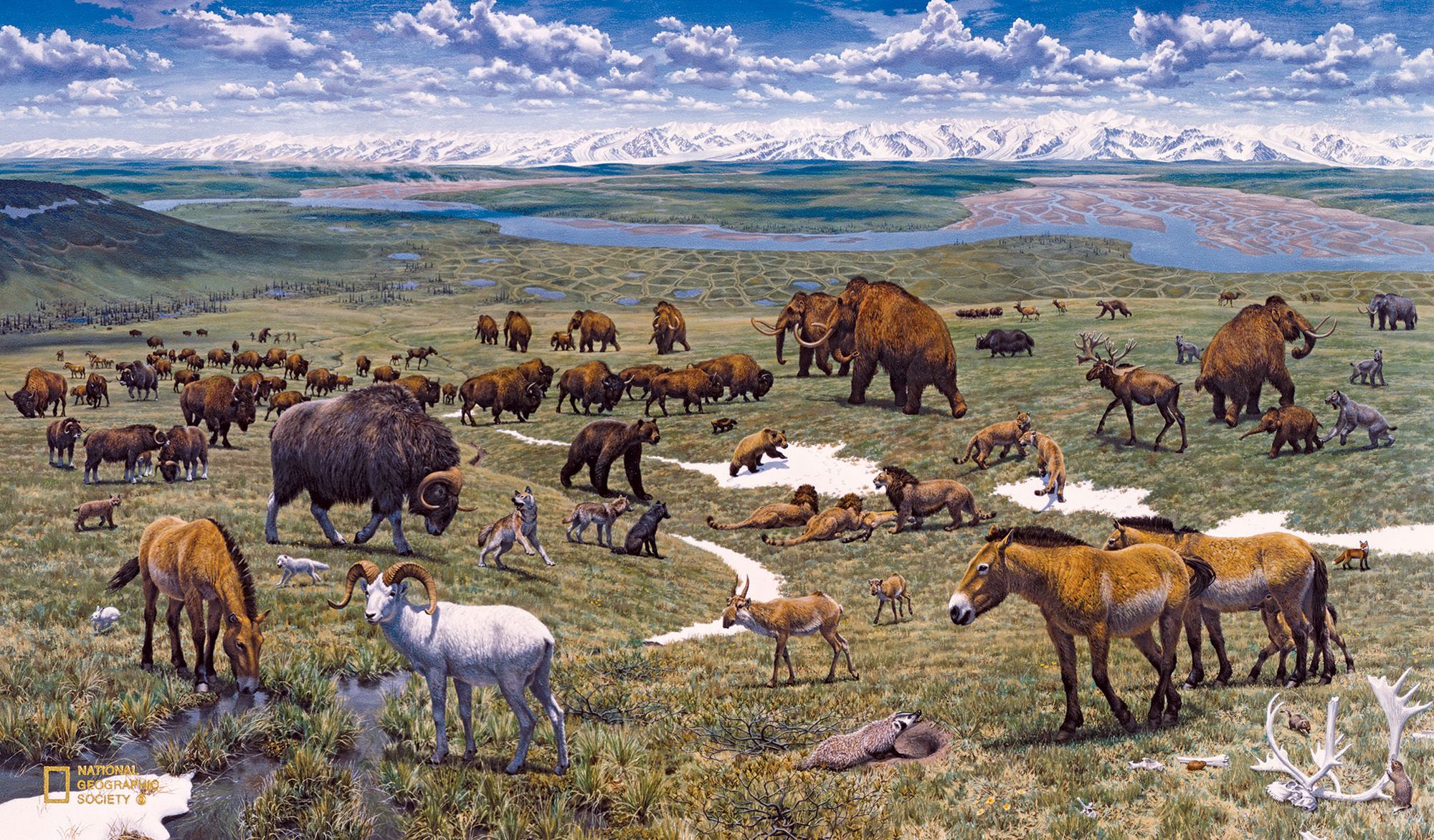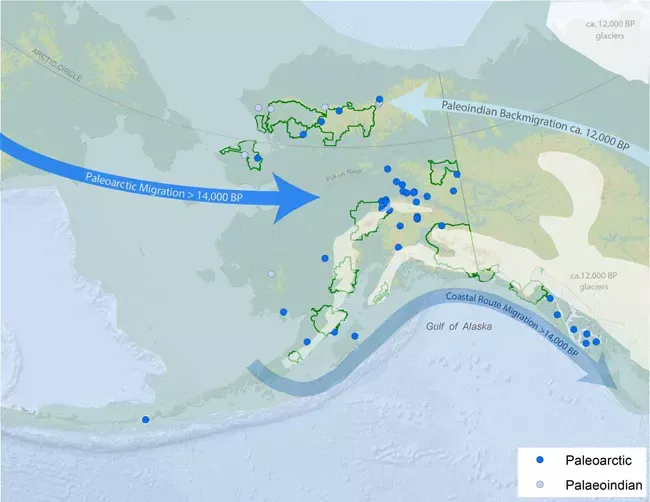Atlas of a Lost World by Craig Childs
Atlas of a Lost World by Craig Childs is a travelogue through the distant past, a time when creatures you only see in movies walked the land and man was not the apex predator.

Title: Atlas of a Lost World
Author: Craig Childs
Pages: 269
Rating: 9/10
Genre: Nonfiction, History, Prehistory, Anthropology, Archaeology
Atlas of a Lost World by Craig Childs is a travelogue through the distant past, a time when creatures you only see in movies walked the land and man was not the apex predator. Childs uses his own travels, tracing the steps of a bygone epoch, to contextualize what humans more than 10,000 years ago might have encountered or dealt with – all in a time more dangerous, wild, and with fewer supplies and technology that we have.
At times, it's difficult to believe anyone survived. Childs introduces us to an alien world, full of animals that, thanks to the climate, were much larger than what we see now; to areas where the temperature was several degrees colder than what we're used to now; to a continent whose shores extended hundreds of kilometers further out to sea than they do now; to a North America whose modern-day Canada was buried under more 2 kilometers of ice sheets that stretched for millions of kilometers and had more frozen water than modern Antarctica.
When we consider those reformed shorelines, we learn why archaeologists & paleontologists have so much trouble answering the question "Who were the first people to make it to the Americas?" The evidence that could answer that question is buried under tons of seawater, inaccessible until better methods of underwater excavation are invented. The evidence itself can be brittle – few things remain unblemished or retain their original structure after thousands of years. Even if evidence is found, it'll be nigh impossible to say that it belonged to the first people in the Americas. In all cases, first can safely be replaced with "the earliest that we know of".
The book covers the tail end of the Pleistocene, the last geologic epoch before the current one – the Holocene (though some say that we've entered a new epoch, the Anthropocene). The Pleistocene lasted from roughly 2.6 million years ago until around 11,700 years ago.
A recurring theme in Atlas is the animals from the Pleistocene. Large animals had free reign in North & South America. The short-faced bear, mammoths, mastodons, giant bison, dire wolves, large-fanged cats, giant sloths with footlong claws, giant beavers, camels, and others are just a few.

Something that these animals shared were their size, which can be attributed to Bergmann's Rule, which says that larger examples of animals are found in colder climates, while smaller ones are found in warmer climates. The cold requires large bones & more muscle, fat, and fur to retain heat. Glacial periods were on average 10°F cooler than today and, depending on how close you were to the ice sheets, even colder.
Besides their size, they're known for going extinct. The reason behind extinction has often been attributed to humans – that people killed them off when they arrived on the scene. The arrival of people certainly contributed, but it's unlikely to be the only factor.
For one, early people didn't arrive here in droves. While we're unsure of the exact path they took to get here, there are some options. One is by crossing Beringia, or the Bering Land Bridge. The Bering Land Bridge, or Beringia connected Siberia & Alaska, bridging the 52 mile gap that now exists between Asia & North America. Another is a coastal route, along the Pacific Ocean. Boats are an old invention. Either way, this wasn't a mass migration.

Two, the animals weren't meek, mild, or tamable. They weren't dodos or other flightless birds, and America was no island. Animals were massive, difficult to kill, and deadly in their own right – with plenty of places to run. It took a group of people to bring down a wooly mammoth, which, while a popular depiction in media, probably wasn't a habit. People are animals and their instinct is to survive, which means some form of risk vs. reward was in play. The risk of hunting a mammoth could be huge, while the payoff could be minimal.
And three, the arrival of people coincided with a traumatic change in climate soon after. The physical factors that were conducive to a cool climate were burdensome in a warmer one. Whatever the coup de grâce was for these animals, it was only arrived at after a confluence of factors had run their course.
"We don't know" is a recurring theme when dealing with dates that reach back tens of thousands of years. The date of peoples arrival in North America keeps getting pushed back. Now it's around 30,000 years ago. This is likely to increase as more evidence is discovered, but it's a far cry from 20,000 years ago.
In addition to "when" and "how", there's also "why". Why did they come here at all? There could've been negative push factors that pushed them out of their homes or positive pull factors that enticed them to come to the Americas. Push factors include things we deal with today – decline in resources, environmental or climatic stress or change, overpopulation, strife, war, disease, economic reasons, and more. Pull factors include abundant resources or opportunities, insurance against push factors, wanting to find a mate and, frankly, things we definitely feel today: curiosity, wanderlust, a desire for adventure and discovery, prestige or status.
But there's one more reason – often overlooked – for their arrival: because they felt like it. For fun, basically. Intrinsic motivations are impossible to detect in the archaeological record, but they most certainly exist. You can even try projecting yourself into the future by a thousand years. Future people will have a record of your accomplishments and feats – like we do for the first people – but unless you write it down (which they couldn't, because they had no writing system), they won't be able to tell why you did what you did.
"History books will show where we came from and how we spread, but they will not remember us, who we were, the reasons why we did what we did."


